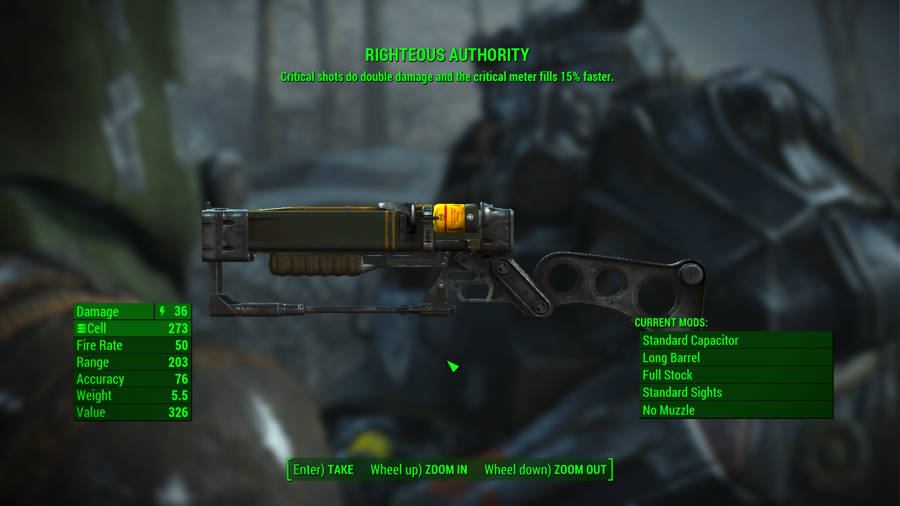

If you’ve been searching for a computer monitor in recent months, you may have observed lots of consideration being given to 1 spec most importantly: response time. Commonly known as response rate or latency, an LCD’s response time supposedly indicates how much quicker it is able to display moving visuals. Most of last year’s Lcds had 16-millisecond (ms) response times–fast enough designed for decent-looking Digital video disc playback, even if with some ghosting and also distortions. And yet response times are falling over, with Samsung and then ViewSonic debuting Lcds equipped with 3ms and 4ms response times earlier this calendar year, Liquid crystal displays would seem to be nearing the overall performance provided by CRTs. But exactly what do response time numbers really mean?
A quicker response time is definitely better–it denotes how fast your screen can refresh a video image. If LCD’s response time is just too slow, usually the display’s pixels probably will not be effective to retain the data sent coming from the computer’s graphics card, and you will observe ghosting and also a digital distractions as a consequence. But just considering the fact that a vendor advertises a fast response time doesn’t suggest that the Lcd is going to work with moving images far better.
Response time is described as the time needed for a good Liquid crystal display pixel to change starting from fully active (black color) to fully inactive (white), and then back to fully active again. A lot of vendors, on the contrary, document their particular LCDs’ gray-to-gray response times. Pixels are rarely completely on or even off–instead they period between gray states, that is colors–and, generally, changing between gray states is much less quickly when compared with switching between white and black.
Nevertheless, some also believe that testing gray-to-gray response time is actually pointless, considering that the suppliers almost never inform where in the cycle they begin as well as end their particular measurements. To help remedy this misconceptions, the Video Electronics Standards Association (VESA) intends to introduce a new spec standardizing response time way of measuring sometime in the year 2006.
Today, in spite of this, manufacturers continually report the “fastest possible” response time, rather than the standard or even common response time that you and I would notice in every day use. And, sometimes suppliers can’t decide precisely how really fast their own products are, as with ViewSonic’s September 2005 announcement that its ViewSonic VX924 Lcd actually was built with a 3ms response rate rather than the recently declared 4ms rate.
In any case, while response time features can help when searching for some sort of monitor intended for watching Dvds or even gaming, we recommend testing the display screen your self before purchasing. CNET doesn’t formally check response times, but we evaluate game playing and also Dvd overall performance with our own eyes, and that we encourage you to do the same thing.
Here are several displays we have analyzed with relatively quick response times of 8ms or maybe less. Their functionality in different gaming assessments varied substantially.
So you understand exactly how important it is to check out the ms because it genuinely can certainly produce a huge difference. On the side note however, nowadays, the asus vh242h is definitely excellent.




 Pokemon X & Y New Pokemon Special Evolution Guide - GamersHeroes
Pokemon X & Y New Pokemon Special Evolution Guide - GamersHeroes How Battlefront gets Star Wars right
How Battlefront gets Star Wars right Far Cry 3 Guide: Signature/Secret Weapons Guide
Far Cry 3 Guide: Signature/Secret Weapons Guide Where To Find The Best Weapons In Fallout 4
Where To Find The Best Weapons In Fallout 4 Mario Kart 8 Guide: How To Unlock Gold Karts, Wheels & Gold Parts
Mario Kart 8 Guide: How To Unlock Gold Karts, Wheels & Gold Parts